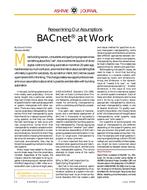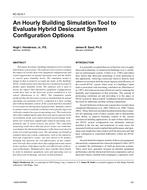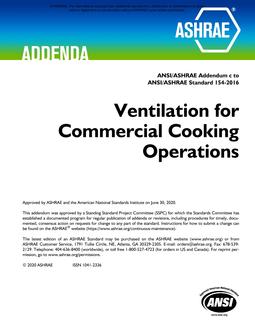Escalating costs and problems of availability are bringing attention to the issue of water use in the built environment. ASHRAE proposed standard 191P points to the broad perception among design professionals of the need to improve water efficiency. Currently water efficiency standards are spread across many documents including energy standards, which hinders integrated design. This creates challenges when quantifying water consumption in a consistent manner for purposes of comparison and code compliance. This paper will address current methods, assumptions, and algorithms to quantify water consumption in order to support water efficiency through modeling and analysis tools. This paper will describe the current methods, assumptions, and algorithms used to estimate water consumption and generation for domestic uses, process uses, cooling coil condensate, humidification, evaporative cooling, cooling tower evaporation, boiler blowdown, irrigation, and rain water harvesting. It will also decribe how to account for water used to generate electricity, primary water use, and will discuss electricity used to convey and treat water. It is offered as an introduction to the topic of simulating water supply and demand in the built environment. It is hoped to stimulate exploration and ultimate agreement upon set a of algorithms and metrics used to estimate building water performance similar to current energy modelingstandards widely used throughout the industry.
Citation: ASHRAE/IBPSA-USA Bldg Simulation Conf, Atlanta, GA, Sept 2014
Product Details
- Published:
- 2014
- Number of Pages:
- 8
- File Size:
- 1 file , 1.8 MB
- Product Code(s):
- D-BSC14-60


